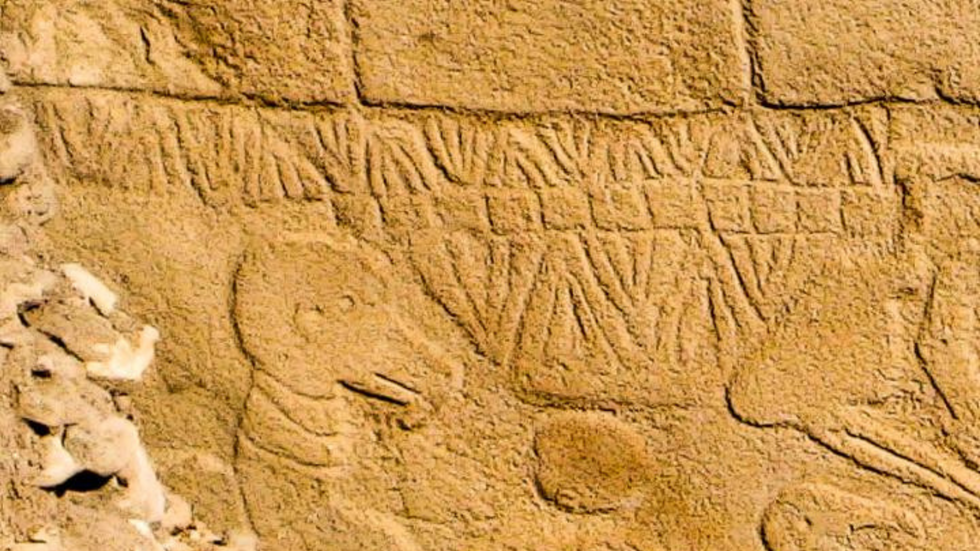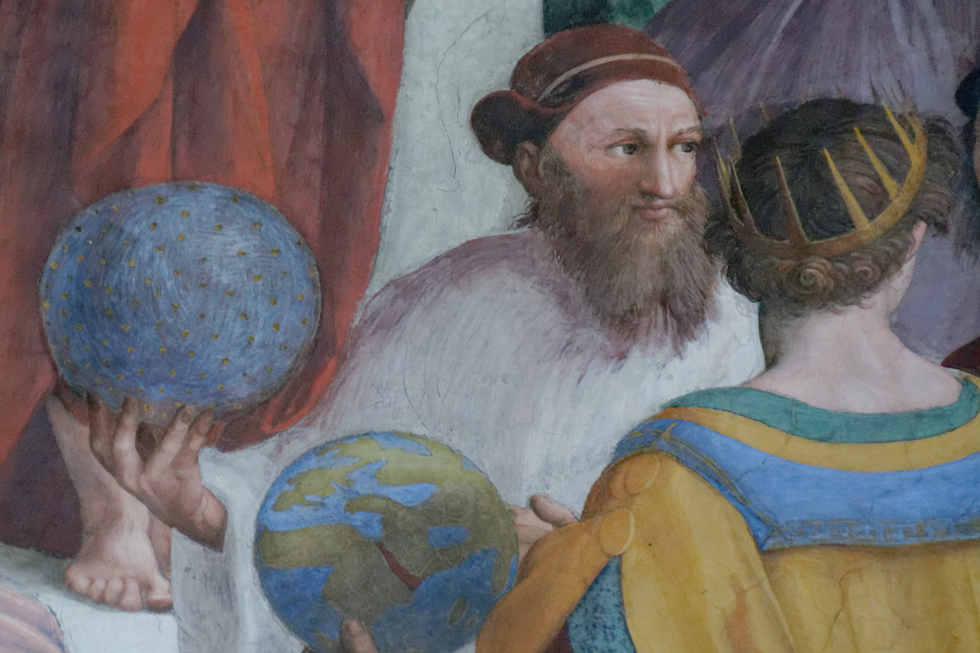Debris from the comet could have led to the dawn of civilisation
Wikimedia Commons/Getty
Stone Age inhabitants of Gobekli Tepe used methods of recording dates not seen until 10,000 years later
Don't Miss
Most Read
Trending on GB News
British researchers have found what's believed to be the oldest solar calendar in the world which could shed light on a comet strike and the beginnings of civilisation.
Archaeologists combing through 12,000-year-old ruins at Gobekli Tepe in southern Turkey had come across a pillar carved with a series of symbols long thought to represent a 365-day solar calendar.
Each V-shaped symbol represents one day, researchers have argued, giving rise to the belief that the Stone Age inhabitants of the site were "keen observers" of the night sky and its goings-on.
The carvings are understood to depict the lunar and solar cycles, and may be, in effect, Earth's earliest moon- and sun-based calendar - predating other known calendars of this type by centuries upon centuries.

The V-shaped carvings can be seen in this image
University of Edinburgh
And now, a team from Edinburgh University led by Martin Sweatman has presented a new theory about another column at Gobekli Tepe.
Sweatman's team has said this other column records how a series of fragments from a passing comet crashed into Earth in 10,850BC - which scientists believe gave rise to the conditions necessary for civilisation to flourish.
The column, which sits in complex of temple-like structures between the ancient Euphrates and Tigris rivers, could depict 27 days of the Taurid meteor shower, which is theorised to be a source of the comet fragments.
The sheer amount of time between said shower and now means that scientists can't be sure, but more theories suggest that dust kicked up by the fragments' impacts triggered a millennium-long ice age.
LATEST SCIENCE NEWS:

Sweatman (pictured) said ancients' attempts to record what they saw could be "the first steps towards the development of writing"
University of Edinburgh
In that ice age, some experts have said, hunting and gathering became more difficult, prompting humans to turn towards agriculture and organised civilisation - which first began to emerge in Upper Mesopotamia, where Gobekli Tepe is found.
Sweatman said: "It appears the inhabitants of Gobekli Tepe were keen observers of the sky, which is to be expected given their world had been devastated by a comet strike.
"This event might have triggered civilisation by initiating a new religion and by motivating developments in agriculture to cope with the cold climate.
"Possibly, their attempts to record what they saw are the first steps towards the development of writing millennia later."

The ancient inhabitants of the site preceded the findings Hipparchus - depicted here in in Raphael's The School of Athens -by millennia
Public Domain
And in a further landmark discovery at the site, more research presented in the journal Time and Mind suggests the ancient inhabitants of Gobekli Tepe were attuned to methods of recording dates not seen until 10,000 years later.
The study said the "pre-pottery" peoples who lived at the site recorded Earth's "precession" - the change in the orientation of the rotational axis, or how it "wobbles".
Precession affects how people down on Earth can see the night sky and is why constellations appear to move as they do.
It wouldn't be until 150BC that ancient Greek astronomer Hipparchus formally documented the phenomenon.








